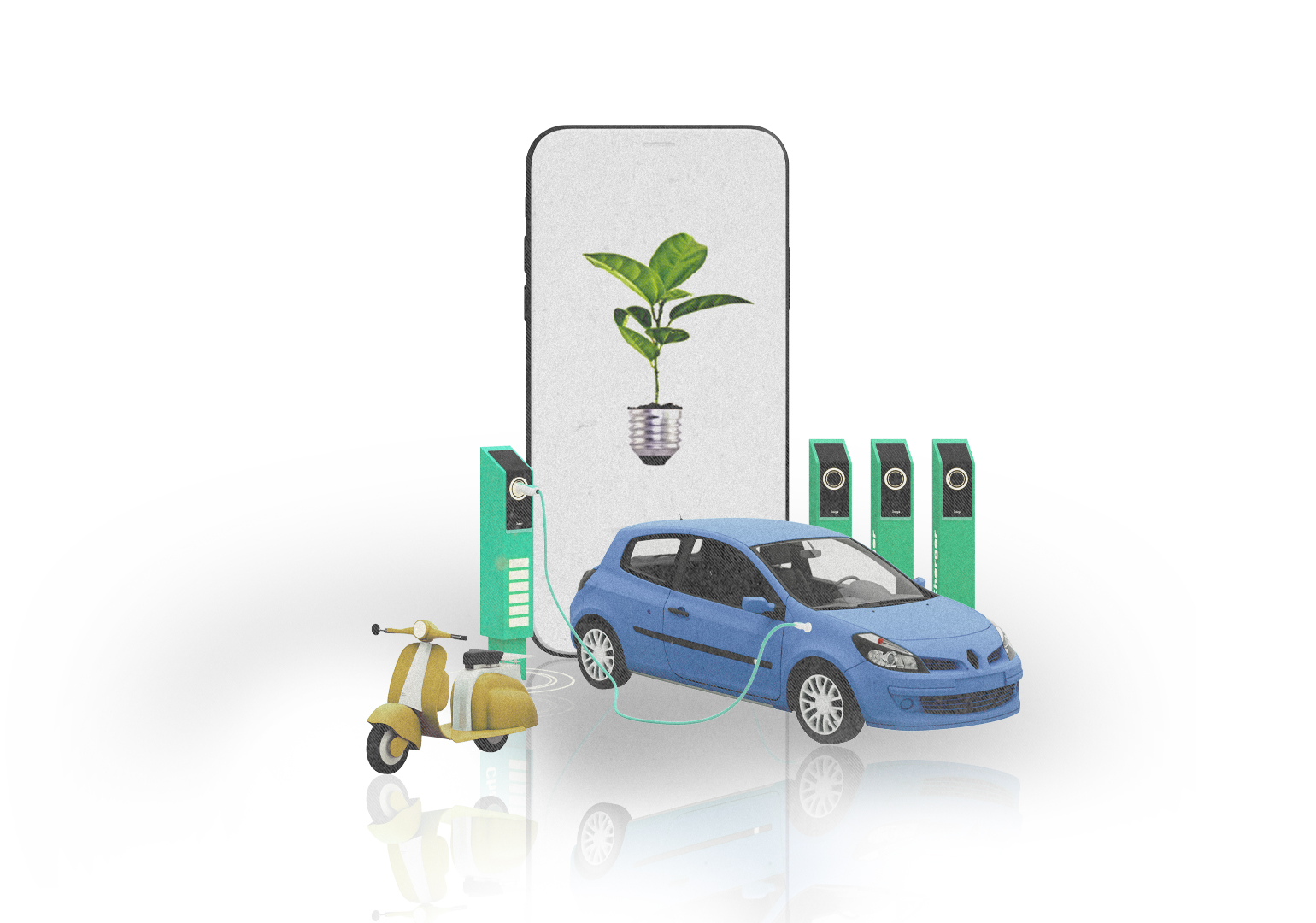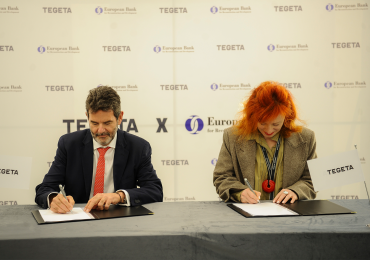Salome Janelidze, Member of the Energy Training Center of GNERC speaks about EVs: “Replacing internal combustion vehicles with EVs is one of the most important tools for decarbonization and the energy transition. As recently as 10 years ago, fully battery-powered and plug-in hybrid EVs accounted for only 0.2% of new car sales. However, the demand for electric vehicles has increased dramatically in recent years. In 2022, 10 million EVs were sold, amounting to 14% of all passenger vehicles sold worldwide. BloombergNEF predicts that this figure will increase to 30% by 2026.
The popularity of EVs is growing rapidly in Europe as well. According to the European Automobile Manufacturers’ Association (ACEA), the share of EVs in newly registered cars in the EU was 1.9% in 2019, which increased sharply and reached 12.1% in 2022. For the first time in 2022, the total number of sales of EVs and hybrid cars in the EU exceeded the number of sales of cars powered by fossil fuels alone.
Increased demand for EVs is largely due to the regulatory framework. According to the International Energy Agency, in order to achieve net-zero CO2 emissions by 2050 as stipulated in the Paris Agreement, emissions by transport must be reduced by approximately 25% by 2030. Almost a quarter of greenhouse gas emissions in the EU come from the transport sector. The EU’s target is to reduce CO2 emissions from new cars by 55% by 2030 compared to 2021 level. Various promotional and prohibitive regulations are used to achieve the target. For example, the regulation approved by the Council of the European Union in March 2023 prohibits the sale of vehicles with internal combustion engines from 2035. It should be noted that the ban does not apply to cars that use carbon-neutral, synthetic fuel, which is obtained by combining hydrogen and carbon.
An important barrier to the uptake of EVs is the insufficiency of their charging infrastructure and their unequal distribution among various regions. According to ACEA, since 2016, the sales of EVs have grown more than three times faster than the rollout of new charging points. In the same period, the number of sales of electric cars increased by 17 times, while the number of public charging points increased only by six times. As a result, there is an asymmetry between the demand and supply of charging points.
ACEA estimates that to reduce passenger car emissions by 55%, the EU would need at least 6.8 million public charging points by 2030, which would require an investment of €144 billion and the installation of 14,000 charging points per week. Despite the need to mobilize significant funds, it is clear that without the availability of public EV charging points comparable to that of gas stations, the replacement of internal combustion engine vehicles is practically impossible. In addition, improved distribution of the charging points is necessary, whereas for long-distance travel, fast charging points should be available on highways.
The regulatory framework should play an important role in the development of EV charging infrastructure. Last week, with the adoption of a new EU regulation, an important step was taken for the future of EVs. According to the regulation, by 2025, fast chargers of at least 150 kW should be installed every 60 kilometers within the main transport corridor of the European Union, the Trans-European Transport Network. In addition, fast chargers of at least 350 kW should be arranged every 60 kilometers for heavy-duty EVs. In order to encourage competition and protect consumers, the regulation provides for the right of the consumer to receive transparent pricing information and to easily pay the service fee, including through contactless payment, without any subscription requirement. The initiative represents part of the Fit for 55 package, which aims to reduce the EU’s net greenhouse gas emissions by at least 55% by 2030.
It should be noted that the development of proper charging infrastructure is only one way to promote the uptake of EVs. The concentration of EVs may lead to the need for increased capacity at various points of the electricity distribution system. ACEA estimates that 11% of the past annual investments of distribution system operators are needed to upgrade the distribution network due to the penetration of EVs. In addition, installment of smart charging points is advisable, which manage the charging of EVs in accordance with the current price of electricity and the load condition of the electrical system.
The spread of EVs naturally leads to an increased demand for electricity. Replacing internal combustion engine vehicles with EVs helps reduce greenhouse gas emissions, but only if the electricity consumed is produced with renewable energy. Therefore, the policies for supporting the use of EVs should also be considered in the context of promoting the production of renewable energy.
In Georgia, the replacement of internal combustion engine vehicles with EVs is taking place at an insufficient pace. As a result of the amendments to the tax legislation implemented in 2017, which exempted EVs from excise duty, the import of EVs significantly increased; however, according to the data for 2022, the share of EVs in Georgia is about 0.2%. One of the reasons is the price of EVs, which, for the most part, exceeds the price of a car with an internal combustion engine. Along with the growing popularity of EVs around the world, it is expected that in a few years the price of electric cars and the costs related to their operation will decrease significantly, which will naturally contribute to their uptake, including in Georgia.
In addition to the relatively high prices, the lack of publicly available charging points is also a significant obstacle to the widespread distribution of EVs in Georgia. For comparison, in the Netherlands, whose area is 40% smaller than that of Georgia, the number of publicly available charging points for EVs exceeds 120,000, out of which more than 4,000 are fast chargers.
In order to promote the development of infrastructure, the rules established by the Georgian National Energy and Water Supply Regulatory Commission provide for a 50% discount on the charge for connecting the EV charging point to the distribution network. The regulation significantly contributed to the development of new charging points throughout Georgia; however, it is necessary to introduce additional incentive mechanisms, such as: Public and private partnerships for the development of the EV charging infrastructure; Promotion of competition between charging point operators; Mandatory gradual replacement of internal combustion engine vehicles; Promotion of public procurement of EVs for the State fleet; Availability of grants and various types of financial benefits; etc”.
Forbes Georgia: სარედაქციო გუნდი



















